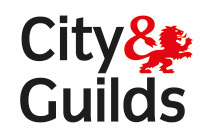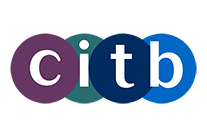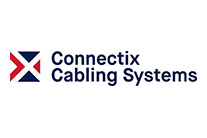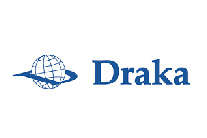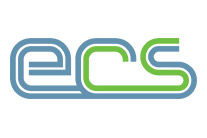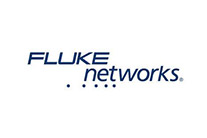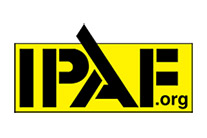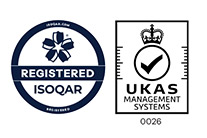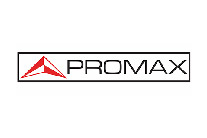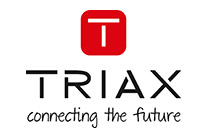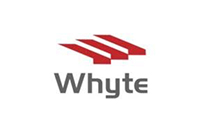A Guide to Choosing the Best Fibre Optic Cables for Your Business
31st August 2024

Having a reliable and high-speed internet connection is crucial for any business. Fibre optic cables offer unmatched speed and reliability, making them an excellent choice for businesses of all sizes. However, selecting the right fibre optic cables can be challenging given the variety of options available. This guide will help you understand the different types of fibre optic cables, their uses, and how to choose the best one for your business needs.
Types of Fibre Optic Cables
-
Single-mode Fibre (SMF)
- Features: Single-mode fibres have a small core (about 9 micrometers) and transmit infrared laser light (wavelengths of 1310 or 1550 nanometers).
- Benefits: They are ideal for long-distance transmissions, often exceeding 10 kilometers, without significant signal loss.
- Uses: Best suited for long-distance communication networks, such as metropolitan area networks (MANs) and wide area networks (WANs).
-
Multi-mode Fibre (MMF)
- Features: Multi-mode fibres have a larger core (50 or 62.5 micrometers) and use light-emitting diodes (LEDs) for transmission.
- Benefits: They support high bandwidth over shorter distances, typically up to 550 meters at 10 Gbps.
- Uses: Ideal for local area networks (LANs), data centers, and shorter distance applications within buildings or campuses.
-
Armored Fibre Cables
- Features: These cables are designed with a protective layer to prevent physical damage from environmental factors such as moisture, rodents, or crushing.
- Benefits: They offer enhanced durability and security, making them suitable for outdoor installations and harsh environments.
- Uses: Used in industrial settings, outdoor installations, and any application where the cable might be exposed to physical stress.
Criteria for Selecting Fibre Optic Cables
-
Distance
- Determine the distance over which you need to transmit data. Single-mode fibre is best for long distances, while multi-mode fibre is more cost-effective for shorter distances.
-
Bandwidth Requirements
- Assess your business’s current and future bandwidth needs. Multi-mode fibres are suitable for high bandwidth over short distances, whereas single-mode fibres are better for higher bandwidth over long distances.
-
Environment
- Consider the installation environment. For indoor use, standard fibre cables may suffice, but for outdoor or industrial environments, armored cables provide additional protection.
-
Budget
- Fibre optic cables vary in cost. Single-mode fibres tend to be more expensive due to their higher performance over long distances. Multi-mode fibres are typically more affordable for short-distance applications.
Comparison of Features and Benefits
Single-mode Fibre:
Higher cost, ideal for long distances, minimal signal loss.
Multi-mode Fibre:
Lower cost, excellent for short distances, high bandwidth
Armored Fibre:
Higher cost, enhanced durability, suitable for harsh environments.
Choosing the right fibre optic cables is essential for ensuring your business’s network performance and reliability. At C-Tech Solutions, we understand the complexities involved and are here to help you make an informed decision. Contact us today to discuss your specific needs, and let our experts guide you in selecting the best fibre optic cables for your business. Ensure your network is future-proof and capable of handling all your data transmission needs with the best solutions available.
To share this post please choose your platform!
What we offer as core solutions
for business in the North East











